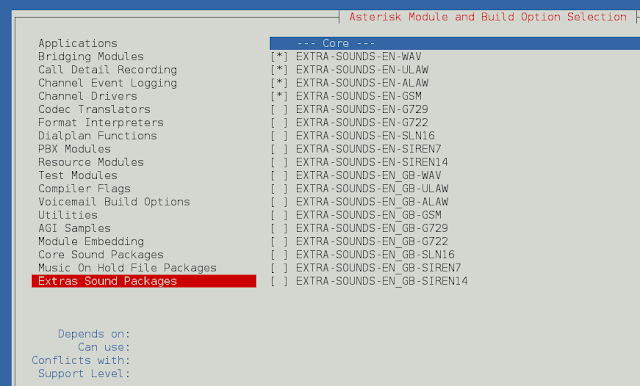The Z collector is a concurrent garbage collector that is designed for low-latency applications. It is used in the HotSpot JVM and is the default GC on 64-bit server-class machines with more than 4 CPUs. One of the key features of the Z collector is Z pages. Z pages are memory regions that are not part of the heap but are used by the garbage collector. They are used to store objects that have been allocated but are not yet ready to be freed. In this blog post, we will explore how to tune the Z collector for better performance. We will cover topics such as setting the size of Z pages and how to monitor the GC progress.
The Z collector is a concurrent garbage collector that uses a “z-page” data structure to represent memory. Each z-page is a contiguous block of memory that contains objects of the same size. The Z collector divides the heap into two regions: the young generation and the old generation. The young generation contains all objects that have been created since the last GC cycle. The old generation contains all objects that have survived at least one GC cycle.
The Z collector uses a “mark-copy-compact” algorithm to collect garbage. This means that objects are first marked as live or dead. Then, the live objects are copied to a new location in memory, and finally, the dead objects are compacted (removed). This allows the Z collector to avoid most of the pauses associated with traditional GC algorithms.
One downside of the Z collector is that it can cause fragmentation in memory over time. This means that there can be gaps of unused memory between live objects. To combat this, the Z collector includes a “fragmentation prevention” feature that tries to move live objects closer together in memory to reduce fragmentation.
Introduction
Z pages in memory are one of the main data structures for the Z garbage collector. The Z collector is a concurrent, compacting garbage collector for the OpenJDK Hot-Spot JVM. It is designed to reduce GC pauses and minimize heap fragmentation. If you are running a Java application on a Zing VM, you may be able to improve GC performance by tuning the Z collector. This blog post will give you an overview of how to tune the Z collector for better performance.
What are Z Pages?
The Z pages in the Z collector are used to hold objects that are not currently being used by the GC. The objects on these pages are not considered life, and as such, they are not scanned by the GC during a concurrent GC cycle. Instead, they are simply freed when their corresponding Z page is reclaimed.
This can be beneficial in certain situations, as it allows the GC to reclaim memory more quickly and without having to scan through all of the objects on the heap. However, it is essential to note that any objects that are on the Z pages will not be available for use by the application until they are moved off of the Z page. This can cause performance issues if applications frequently access objects that are on Z pages.
How do Z Pages Affect Garbage Collection?
The Z pages in memory concurrent GC affect garbage collection by providing a more efficient way to collect and manage objects. The Z pages are used to improve the performance of applications by reducing the number of full GCs. This is done by storing objects in a special area of memory called the Z page. When an object is no longer needed, it is moved to the Z page. The next time the application needs to allocate memory, it will first check the Z page for any available objects. If there are any available objects, it will use them instead of allocating new memory. This reduces fragmentation and improves performance. It is important to note that Z pages are not a replacement for traditional GCs. They are simply an optimization that can be used to improve performance in certain situations.
How to Tune the Z Collector
There are a few things to keep in mind when tuning the Z collector:
- The size of the heap. The larger the heap, the longer it will take for the Z collector to run.
- The number of processors. The more processors there are, the faster the Z collector will run.
- The amount of free memory. The more free memory there is, the faster the Z collector will run.
- The garbage collection mode. The default mode is throughput, but if you’re experiencing latency issues, you can switch to pause time.
Conclusion
We have seen how the Z pages in memory affect the concurrent GC in tuning the Z collector. We have also seen that the number of Z pages can be increased by using a larger heap size or by using a smaller object size. By increasing the number of Z pages, we can improve the performance of our concurrent GC by reducing its pauses and improving its throughput.




